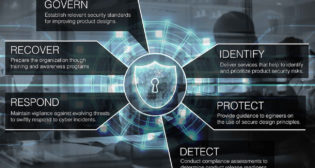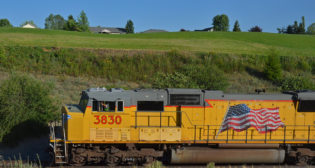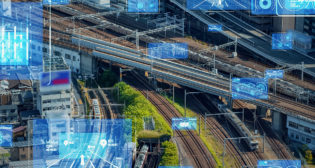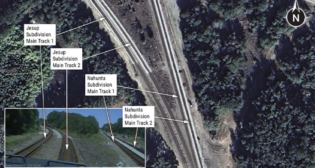
Metrolinx Selects ETCS Level 2 for GO Transit
Written by William C. Vantuono, Editor-in-Chief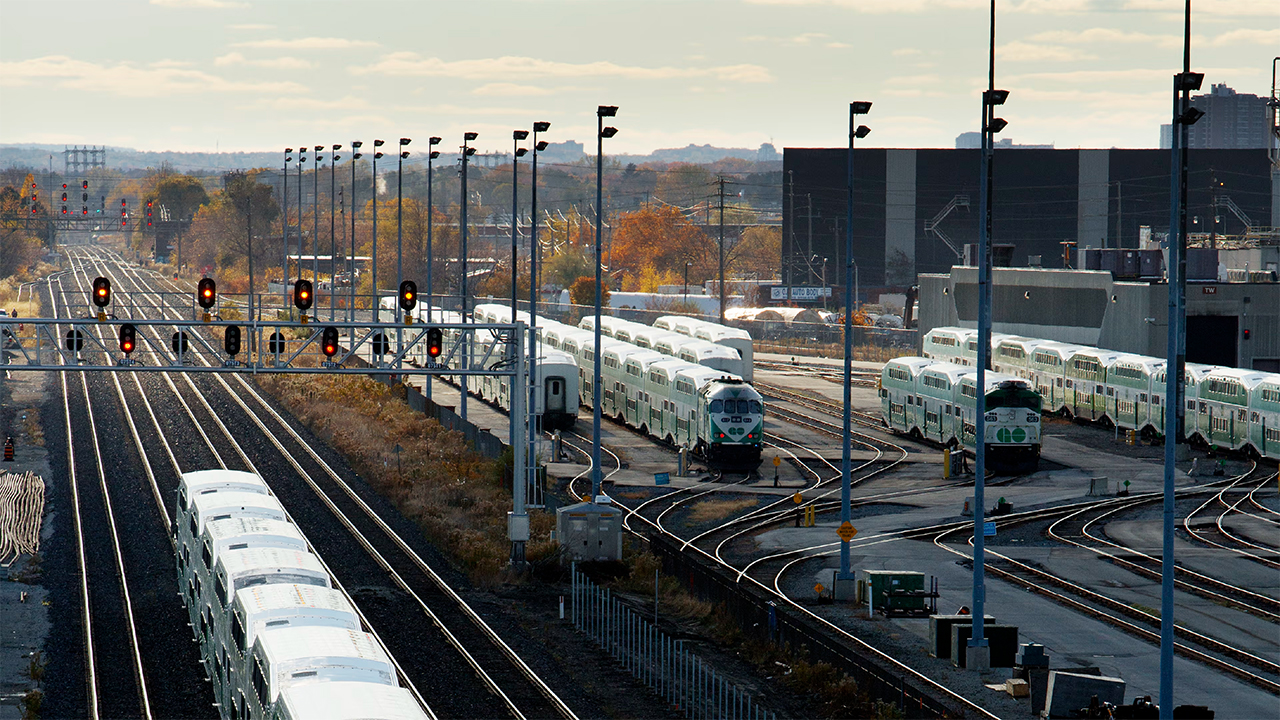
Metrolinx photo.
Foregoing PTC (Positive Train Control) as deployed on the U.S. rail network, Metrolinx says its GO Transit regional rail system will be “the first passenger rail system in either Canada or the United States to use ETCS (European Train Control System).” Specifically, GO Transit will adopt ETCS Level 2.

“A modern signaling system like ETCS is a critical success factor for GO Expansion, a program that will deliver faster, more frequent GO and Union-Pearson Express service throughout much of the GTHA (Greater Toronto and Hamilton Area), from Toronto and Burlington to Oshawa, Markham and Brampton,” the agency said. Specifically, ETCS Level 2 (L2) has been selected to deliver the increased capacity required to run more trains on the GO network, which is slated to be electrified. GO Expansion will result in a tripling of service from 3,500 trips a week in 2019 to more than 10,000 in the future, offering customers better, faster, and more connected service across the region,” Metrolinx said.
ETCS Level 2, which Metrolinx calls “Enhanced Train Control” (ETC) is an overlay CBTC (communications-based train control) system that communicates train speed, location and movements across a rail network. It calculates and exchanges information in real-time between onboard equipment and wayside infrastructure through wireless Long-Term Evolution (LTE) radio technology. The wayside equipment acts as a centralized control system to monitor and manage rail traffic. Continuous wayside-to-train radio communication “ensures safe and efficient train operation, allowing the advanced signaling system to deliver safe, fast, frequent, and high-capacity train service,” said Metrolinx Vice President Technical Systems Integration Jonita Delaney. “Enhanced Train Control is the future of railway signallng systems, enabling operators to safely increase capacity and decrease journey times. “Metrolinx has selected ETCS L2 based on its suitability to operating model and the safety benefits it will bring to passengers, railway workers and level crossings.”
In Ontario, GO Transit trains operate largely on track owned by Metrolinx, so ETCS L2 will be deployed throughout Metrolinx-owned track. Tenant passenger trains that operate on Metrolinx-owned track, such as VIA Rail, will also be equipped with ETCS L2. Tenant freight trains that use Metrolinx tracks such as those operated by CN and CPKC will not be equipped with ETCS. Conventional line-of-sight signals will be maintained throughout Metrolinx’s territory to provide continued support for freight operators, support GO/VIA passenger operations during ETCS deployment phases and serve as backup for ETCS-equipped trains for the long-term “in rare cases of degraded operations.” GO trains operating on tracks owned by third-party railroads will operate using existing line-of-sight signals and will “transition seamlessly into and out of ETCS L2 at territory boundaries.”
Metrolinx Vice President Signaling and Communications Thomas Casselman explained how GO Transit trains will be able to operate across both conventional and ETCS L2 territory. Metrolinx currently runs a fixed-block signaling system, where block length determines train spacing and headways. “On many of the tracks where GO operates, block length is more appropriate for freight traffic,” he noted. “Freight trains are typically longer and slower than faster, shorter passenger trains. In practice, that means that sometimes passenger trains are at a safe distance apart, but the current system doesn’t reflect that safe status, which results in fewer trains operating. Newer, more sophisticated signaling systems like ETCS go beyond wayside signals and deliver instructions to each train’s engineer, based on implementation of shorter virtual signal blocks in addition to the longer fixed signal blocks. Because ETCS L2 is an overlay on the conventional signal system, freight trains, or other vehicles not fitted with the onboard equipment, can still be safely accommodated on the network at the same time as creating virtual signal blocks being optimized for passenger trains.”

The precise train location offered by ETCS L2 provides shorter headways without degrading safety. Metrolinx Senior Manager Signaling and Communications Keith Ampalavanar describes ETCS as “a proven technology that reduces headways and delivers both real and virtual signal information directly to the engineer on board each train.
“ETCS is an off-the-shelf solution that we’ve already deployed around the world,” said Christophe Wacrenier, head of signaling at ONxpress, the consortium contracted by Metrolinx to deliver the GO Expansion – On-Corridor (OnCorr) Works project. “It has been developed over the past 20 years by all the different companies existing in the market. This is a great opportunity to showcase the benefits of this technology.”

“By taking a data-driven approach to spacing the trains, systems like ETCS L2 make it possible for more trains to be on any one line at any given time, shortening block length and making calculations based on train speed, resulting in more frequent service for customers,” said Jonathan English, Development Phase Proposal Value Creator at ONxpress Operations Inc. (OOI).
ETCS L2 “is a system that has a lot more potential for growth,” added Tyson Moore, a visiting lecturer at the University of Birmingham. “It really can handle an enormous amount of train traffic on a [double-track main line], in comparison to the amount that we’ve managed to move in the past. Systems with ETCS are allowing trains to get closer together while still respecting basic safety margins. Safety was one of the fundamental design principles.”
